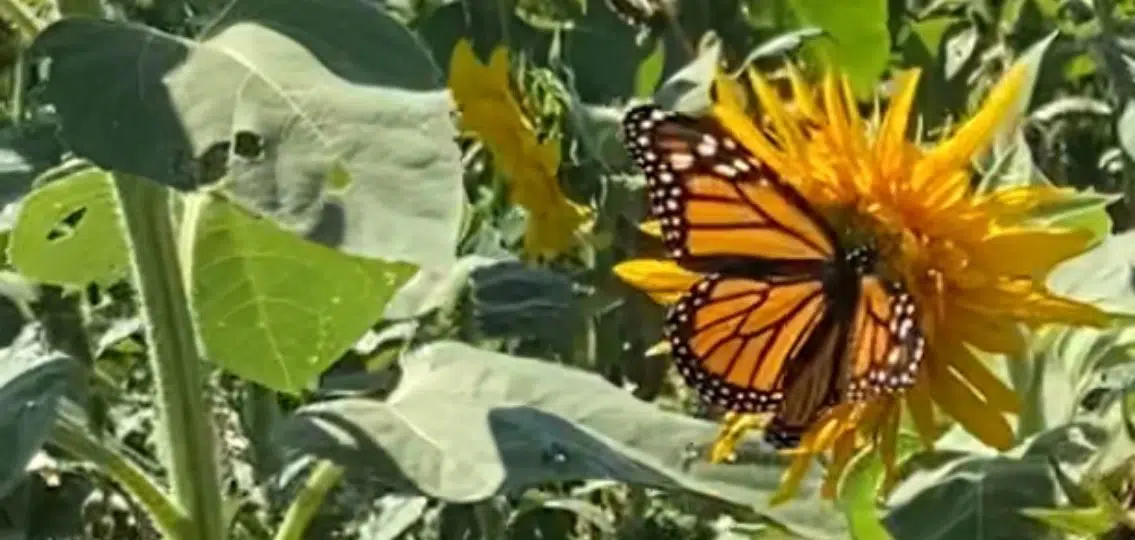I’m the lucky mother of not one, but two beautiful teenage daughters. When they were younger, they loved to spend time with me going to the grocery store or just being in my general orbit. They always called after me, “Mama, can I come with you?” Then, as they grew older, they dropped the “Mama” along with wanting to spend even five seconds anywhere near my general vicinity. They referred to me as “Mmmooooommmmm” only when they wanted something. These different phases are commonly seen in human development, especially with girls. Like the metamorphosis of the caterpillar into a butterfly, there are various stages in a teenage girl’s growth cycle.
Here Are the Stages of the Human Teenage Girl:
Stage 1: The Teen Commences Stage—Bye, Bye Barbie
A butterfly’s first stage of development is called “egg,” since they’re growing inside one. A human female typically begins their “teen egg” stage when they’re around 10 or 11 years old. At this stage, the teen egg wants to donate all of their princess garb to Goodwill—even the precious tiaras. Their once beloved Barbie dolls—that they owned enough of to populate an entire city—are now toys meant for “babies.” Especially challenging for the mother is that at this stage, their teen egg daughter no longer wants to come along while she goes grocery shopping or runs other errands. Also at this stage, teen egg girls engage in unusual behaviors, like rolling their eyes at their mother and saying things like: “Mom you’re so embarrassing,” or “I’m bored,” and frequently, “No.”
Stage 2: The Silent Stage—What?
In the second stage of butterfly development, the “larva or caterpillar” ferociously eats everything in sight. The way a teenage girl develops in this early stage is opposite—they hide away and cease all forms of communication with the mother except for saying the word “no.” Eye rolling increases significantly along with feelings of boredom and embarrassment over anything and everything the mother says and does. Teenagers at this stage use noise canceling headphones to silence their mother’s voice. The mother who tries to speak to the headphone-adorned teenage girl usually receives no response at all. However, if the mother stands in front of her daughter, waving her hands and shouting, “How was school today?” her daughter might respond with an annoyed utterance, a “What?!,” or, more typically, an eye roll.
Stage 3: The Anger Stage—The Villain Emerges
The third stage of the butterfly life cycle is the “pupa or chrysalis” when a caterpillar’s metamorphosis into a butterfly begins. For the teenage girl, this phase marks her transition from princess to villain. Should her mother try to communicate with her, she’ll meet her mother’s attempts with resistance and anger. She’ll utter phrases like, “Mom, I don’t need your advice!” or “Stop asking me how my day at school was!” or “You are so embarrassing!” Eye rolling mixed with disgust and anger is so frequent now that the mother wonders if her daughter has a medical condition.
Stage 4: The Adult Stage—The Teenage Girl Transformed
The fourth and final stage of the butterfly metamorphosis is the “adult butterfly” when the butterfly materializes from the chrysalis with their colorful wings fluttering all around. In this stage of a human girl’s teenage metamorphosis, she finally removes her noise canceling headphones from her ears and articulates full sentences with no hint of anger. Eye rolling diminishes significantly—almost to extinction. Now she actually wants to spend time with the mother, and even accompanies her to the grocery store. Sometimes at this final stage, an older teen might wear a tiara, but you must not mention it, and you can only observe it unnoticed from afar.
Even though the first three stages can be tough on the mother, stage four, when our teenagers turn into young adults, is worth the wait. There’s nothing better than watching our daughters spread their wings and fly.




